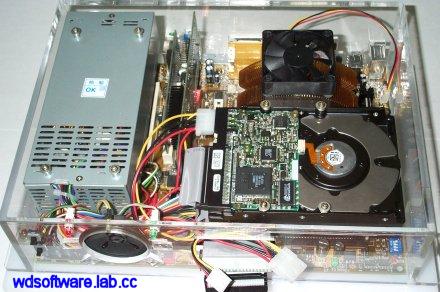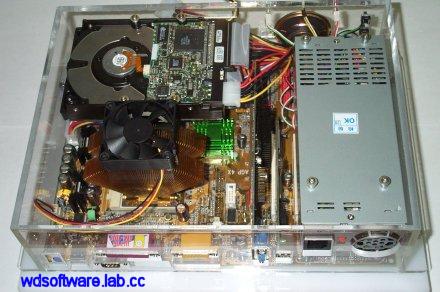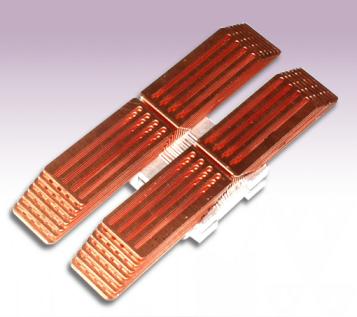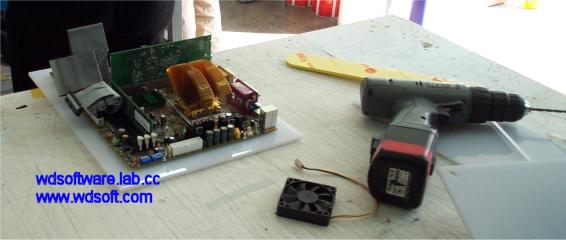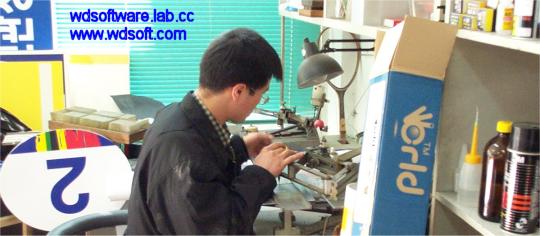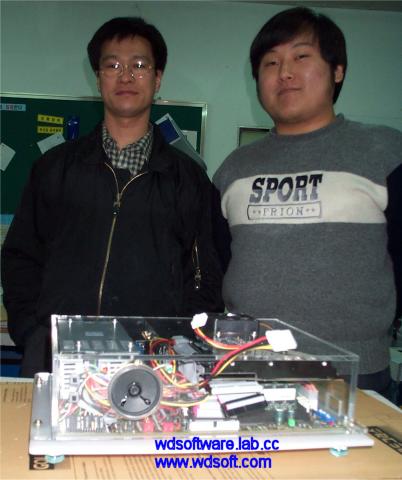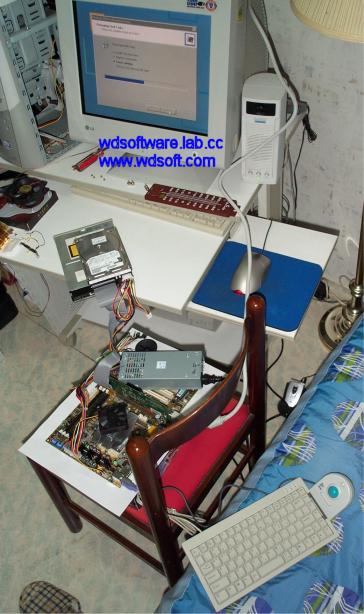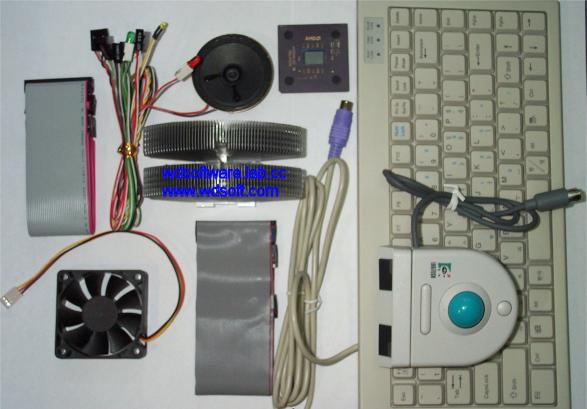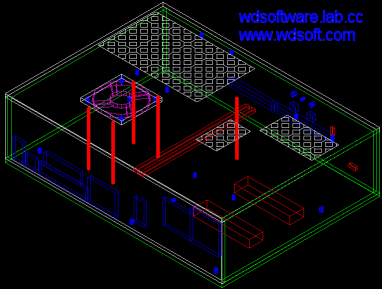Making of the Portable Athlon (8/10)
Posted by Wesley onUp to now, you've seen the phase 1 of the system. Had I went on to show you up to this, this article would've ended here and be released much earlier. However, it would have the shortcoming of requiring a separate monitor to use the system, which would negate the purpose of this WDS-APX-0 somewhat, despite the fact that the system does already fit in a school bag. Thus I waited for a month after the completion of the phase 1 to make enough money for buying a dedicated monitor for the system. It had to be, of course, one of those costly LCD flat panel.
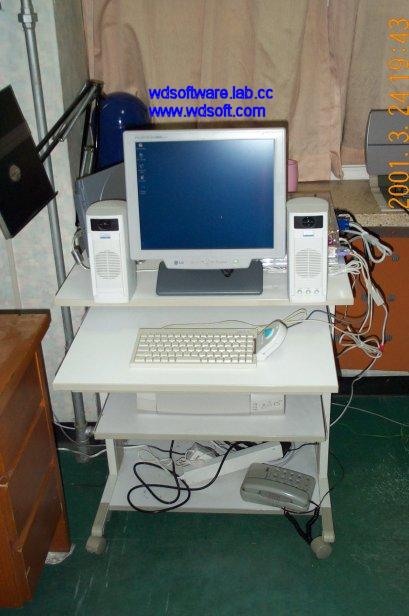
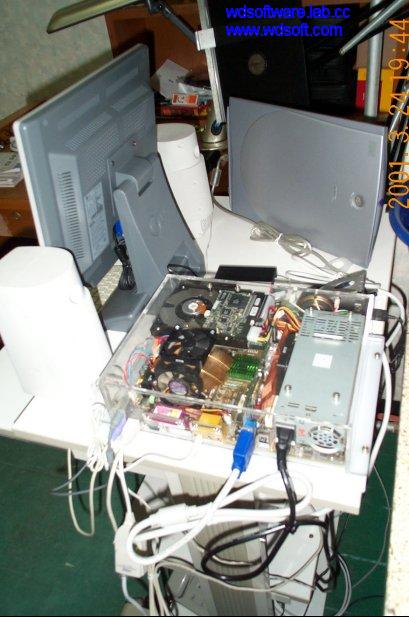
Another picture can be found here. It's pretty evident that the two things go nicely together. You might notice another flat thing on the back, which is a slim scanner from Canon that is meant to be carried with the system when necessary. Speaking of the scanner, I also bought a RICOH burner with 12x10x32x8DVD capability with it, but it's not pictured here. This can be attached via 'extension cables' that comes out from the side of the case, which you might have noticed from the case pictures. I could have opted for a USB burner, but the current mainstream standard, USB 1.1, is bandwidth limited, so the drive that gets attached to it will show lackluster speed(USB burners top at around 4x burning). I also needed DVD capability like the old system I had, so the RICOH drive was perfect.
One problem, though. I cannot carry this panel with its base that huge and must be done away with. (Suppressing a bad All Your Base Are Belong To Us joke here....) But I can't have the flat panel hang along freely as if it was a tablet, either. What would have to be done?
